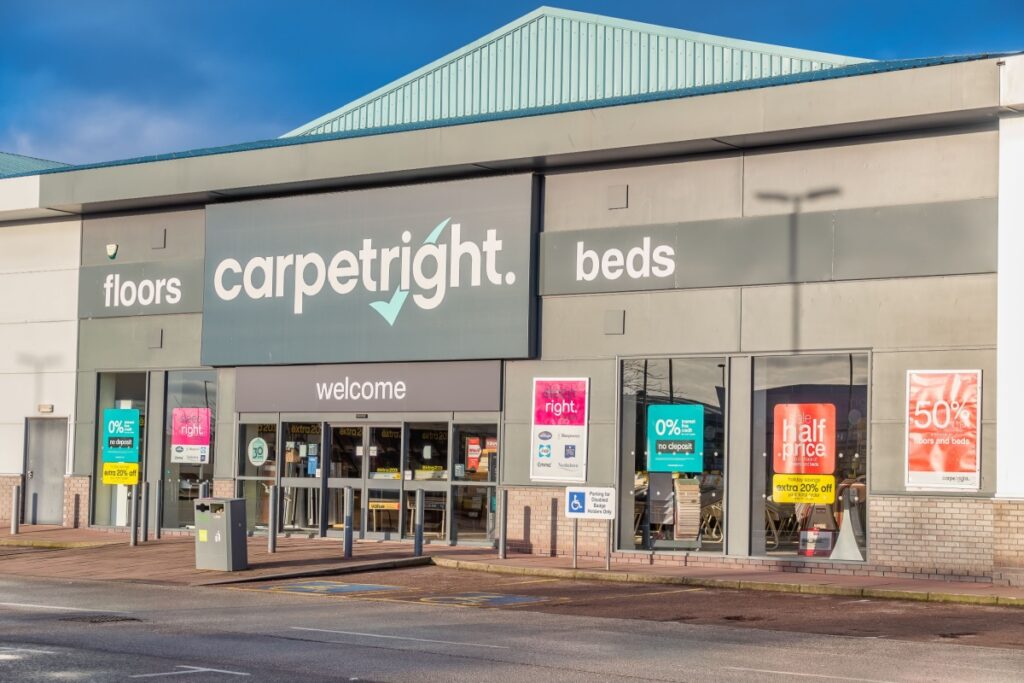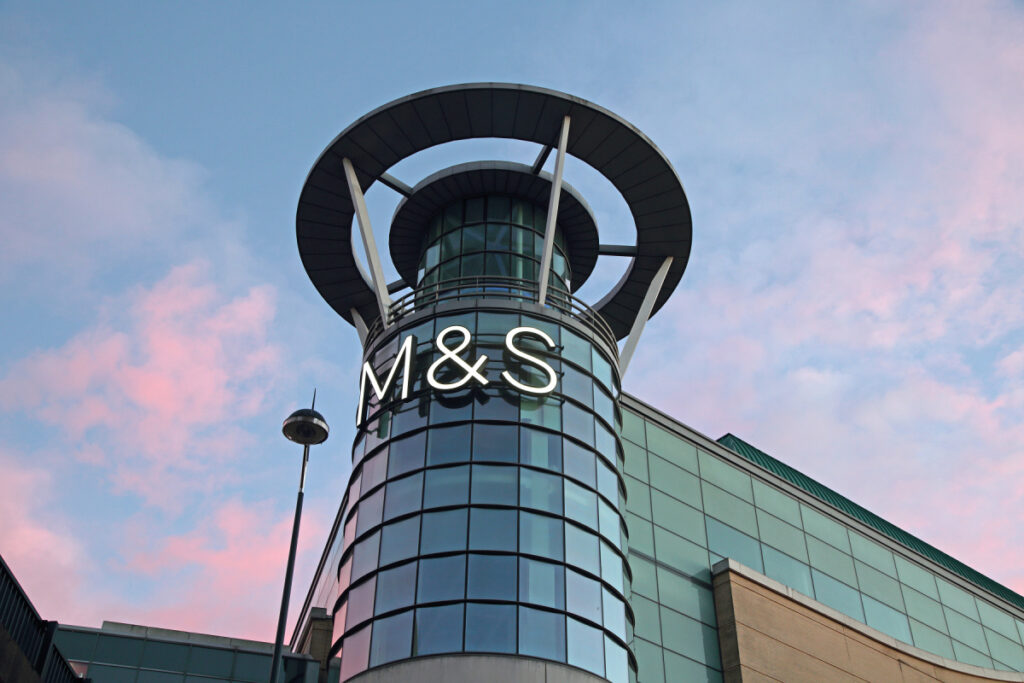At the end of last week, Argos introduced Red Friday: an upgraded version of Black Friday deals where promotions across toys, games and TVs are now available every Friday until Christmas day in an attempt to buffer the infamous effects of Black Friday last year.
But instead of enabling customers to spread out their Christmas shopping over several weeks and prevent unprecedented traffic spikes on the website, the move resulted in IT glitches for Argos – synonymous with the retailer‘s website crash last year during the Black Friday weekend.
In a recent survey by market research agency ICM, it was found that 83% of UK consumers claim a consistently slow or unavailable websites negatively affect their brand loyalty, while one in five consumers (18%) will only wait 10 seconds or less for a website or page to load before they would abandon their search and look elsewhere. Overall, 37% would only give it 20 seconds to work properly.
As a result of an outage or unacceptable load time, (as many customers experienced on the Argos website and customer service team,) over a quarter (28%) said they would go to a different site to buy their chosen item and 14% would go to the high street instead.
After three days of persistent website glitches Argos was forced to apologise, with a statement on its website reading: “We are extremely sorry for the temporary service issues our customers were experiencing on our website this afternoon.
We have identified and fixed the issue and our site is now up and running.
We apologise to any customer who has tried to contact us unsuccessfully today and we are working to respond to all enquiries as soon as we can.”
But is this good enough for a company with ambitions to be the leading digital retailer? And should Argos be introducing same-day deliveries and ongoing promotions in one of retail‘s busiest trading periods?
Why didn‘t Argos, owned by Home Retail Group, learn from its past mistake?
Emily Thornhill


















